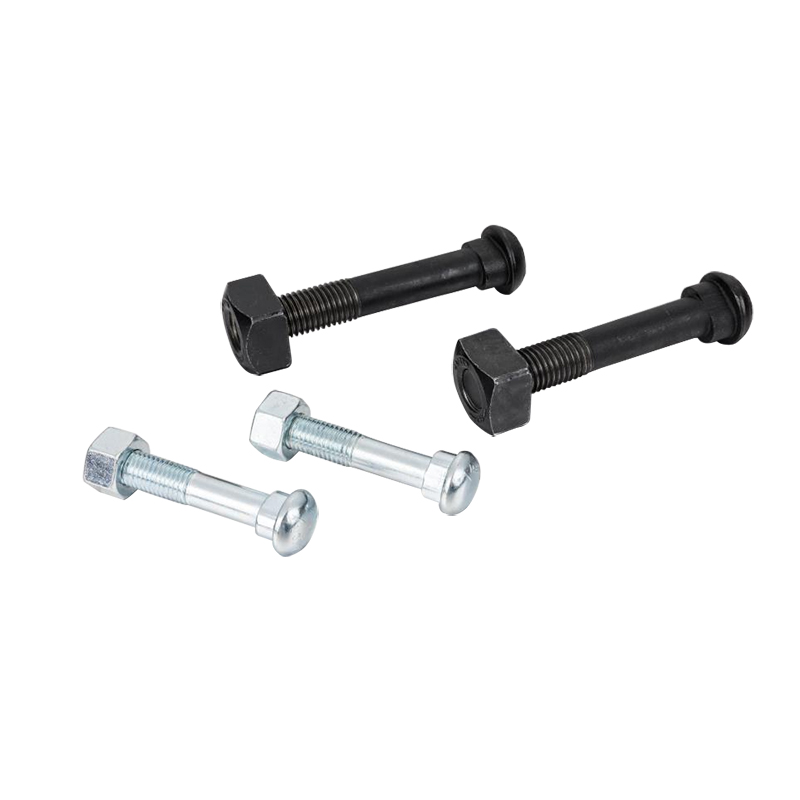Components of Railroad Track Bolt
2023-10-17
Railroad track bolts, also known as rail bolts or track fasteners, are essential components of railway infrastructure used to secure rails to the railroad ties (sleepers). The components of a railroad track bolt assembly typically include:
1. Bolt Head : The bolt head is the part of the bolt that is larger in diameter than the threaded shank. It provides a surface for applying torque during installation or removal.
2. Threaded Shank : The threaded portion of the bolt extends from the bolt head. It is designed to engage with the corresponding threads in the rail tie plates and nuts.
3. Neck : The neck of the bolt is the unthreaded section located between the bolt head and the threaded shank. This portion helps align the bolt in the hole of the rail tie plate during installation.
4. Threaded End : The opposite end of the bolt from the bolt head has threads that accommodate a nut.
5. Nut : A heavy hex nut is typically used with railroad track bolts. It has a larger width across the flats than standard nuts to provide better load-bearing capacity and reduce the risk of damage to connected materials.
6. Washer : Washers are often used under the nut to distribute the clamping force more evenly and protect the rail tie plate from damage.
Railroad track bolts are commonly made from high-strength steel to withstand the heavy loads and stresses experienced in rail infrastructure. Proper installation of these components is crucial to maintaining the safety and stability of the rail tracks.
It's essential to follow the specifications and guidelines provided by railway authorities and manufacturers when selecting, installing, and maintaining railroad track bolts to ensure the integrity of the railway infrastructure.



